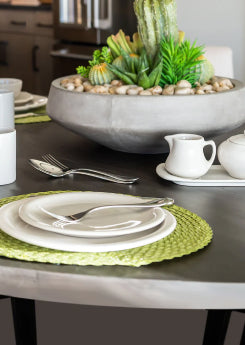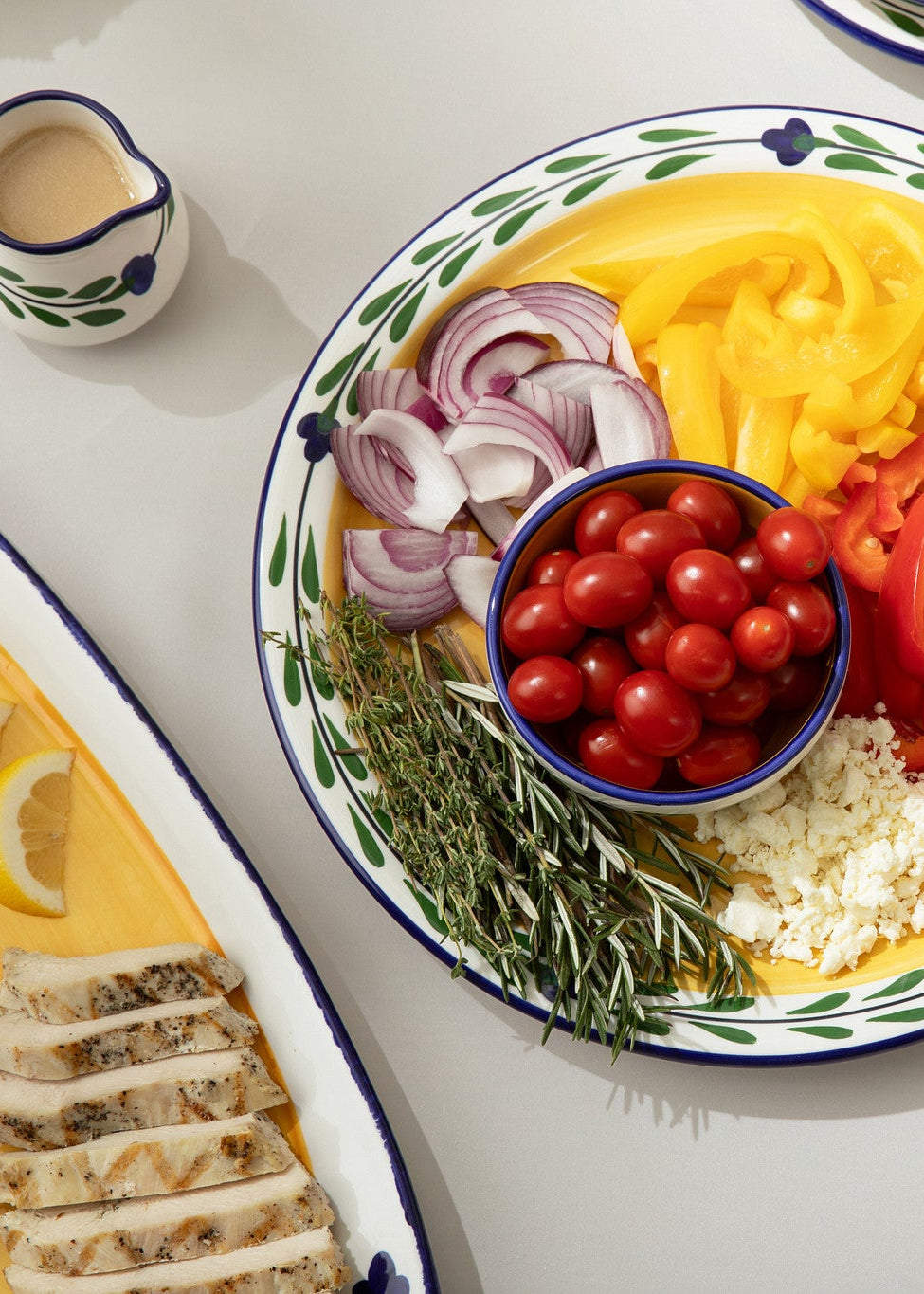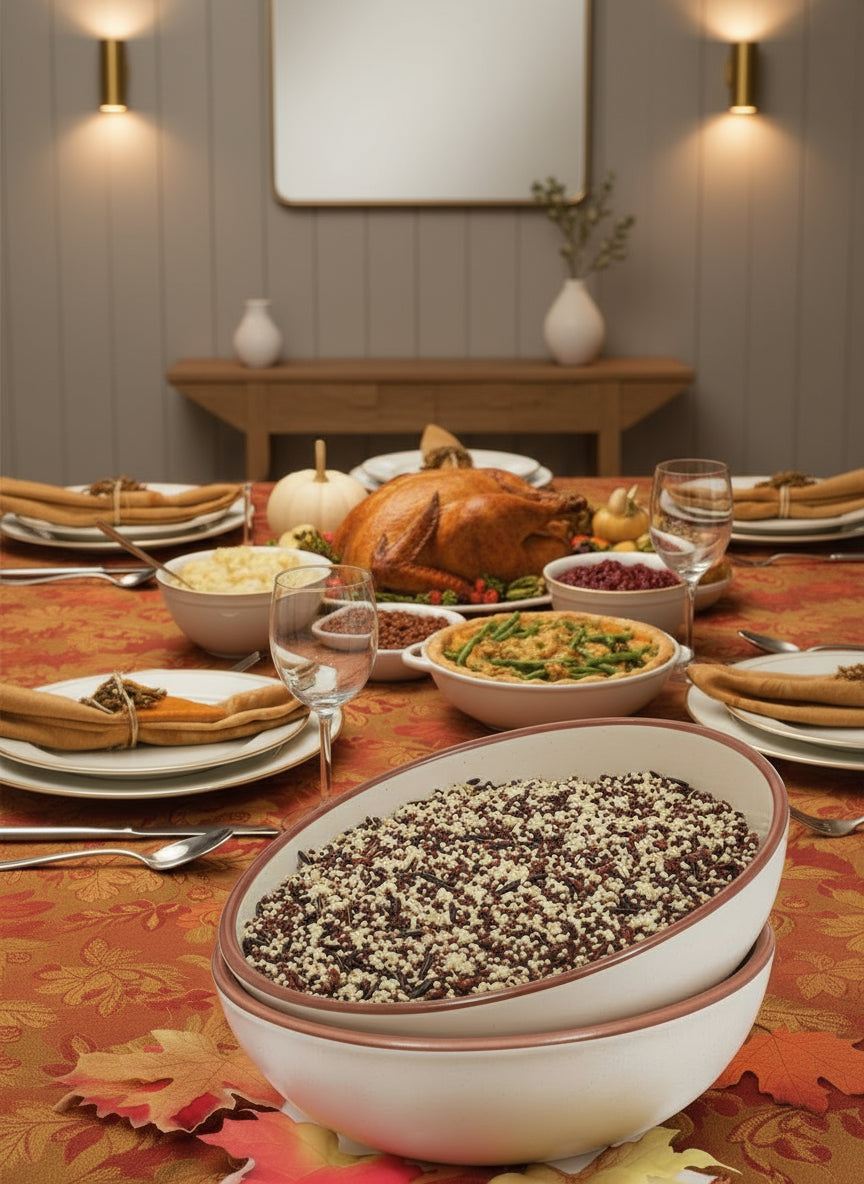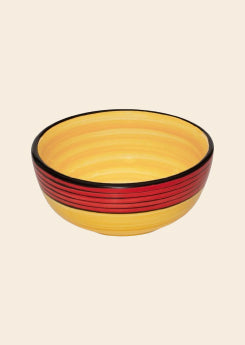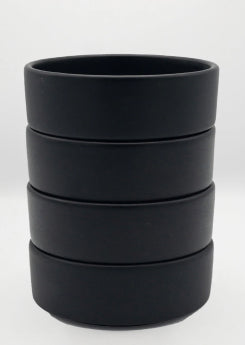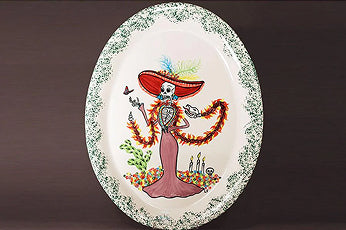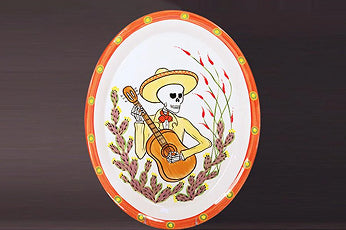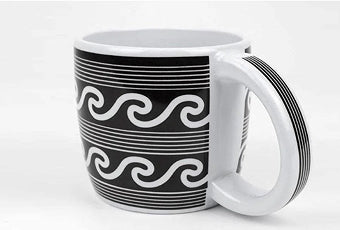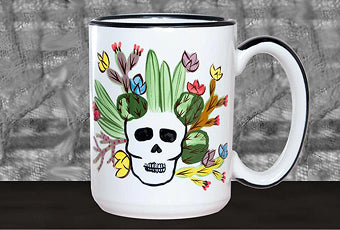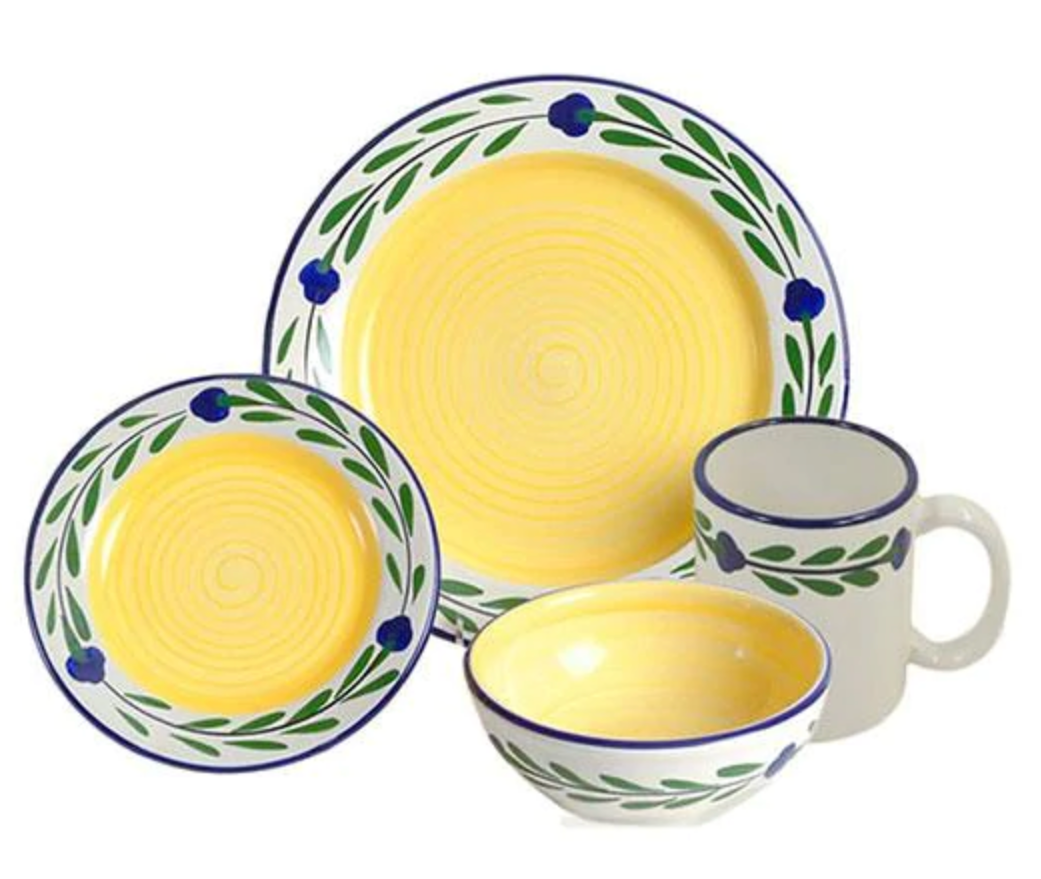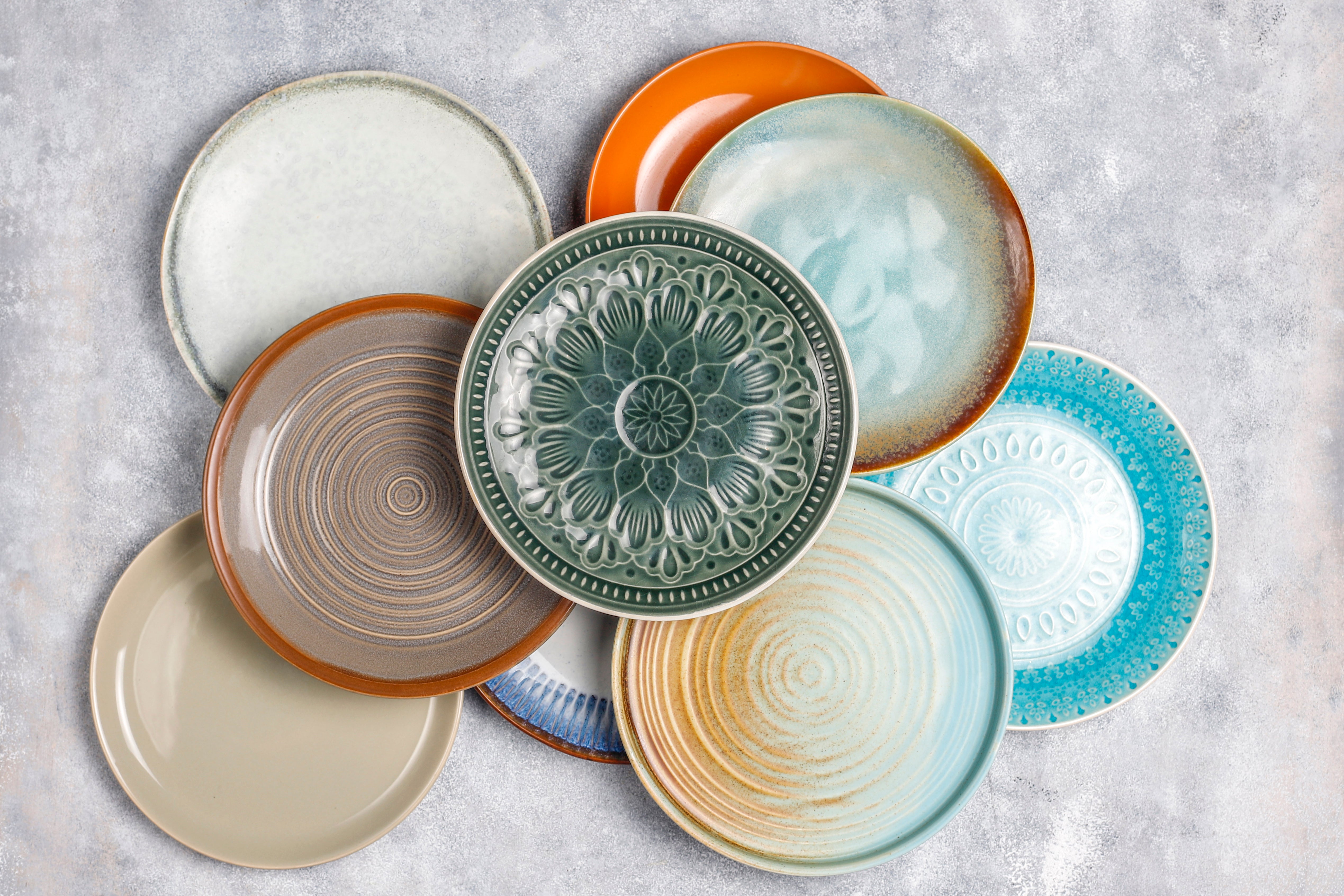
Ceramic Dinnerware Set vs Porcelain Dishes
All porcelain is ceramic but not all ceramic is porcelain. These pottery materials have similarities, yet have unique components that make them either less or more superior to each other in terms of use and visual appeal. Below is a comparison to help you choose the dinnerware that is right for you.
Ceramic is made from clay that has been heated to a very high temperature and hardened. Ceramic pieces are less dense and absorb more water than porcelain, which makes them more suitable for indoor, low-traffic areas. They can be made from a variety of clay types and colors and can be painted before being fired.
Porcelain is also made from clay that has been baked and hardened and is a type of ceramic, but its clay makes it denser and more durable.
Though the two are very similar, porcelain tends to be more expensive than ceramic. Both can be used in heavy-duty house wares, such as tile flooring, as well as more delicate items such as dishes and figurines.
Ceramic Dishes
Aside from being used as crockery for the dining table, ceramic dishes are also used by many for cooking, baking, and roasting. They are compressible and their non-stick nature makes them easy to clean. Below are a few benefits of ceramic dishware in greater detail.
Healthy
Ceramic has been proven to be safe for both cooking and serving food. They clay that ceramic dishes are made from is a natural, non-toxic material.
Heat Resistant
Ceramic is resistant to high temperatures. So, you can serve freshly cooked, sizzling hot food in it. You can also warm up the food in the microwave and unlike plastic, it is not going to melt or leach harmful chemicals into your food.
Non-Stick
Ceramic tableware is non-stick and grease-proof. Ceramic's smooth glass texture makes it easier to clean without causing any damage to the tableware. The simple use of soap and water will leave them spotless and as good as new.
Porcelain Dishes
Porcelain is just one of the variations of ceramic. The main difference is that the clay used to make porcelain is refined and is hardened at higher temperatures. Both types of dishes are made from a clay mixture that's fired in a kiln, but porcelain dishware is made from more refined clay and it's fired at higher temperatures. This makes it denser.
The main feature of porcelain is translucence. It is usually very white and translucent, meaning you can see light through it.
With its translucence in mind, porcelain is typically reserved for display or special occasions, and is not as well suited for cooking, baking, or roasting.
Why HF Coors Dinnerware?
If you're concerned with the materials used in your dinnerware and their effect on your health, HF Coors has you covered. All of HF Coors ceramic pieces are lead-free. We do not put lead in any of our clay or glazes. Our ceramic pieces pass CA Prop 65 as well as FDA standards.
On top of that, our ceramic dishes are all American made and produced in the USA.
Learn more by continuing to explore our website.
